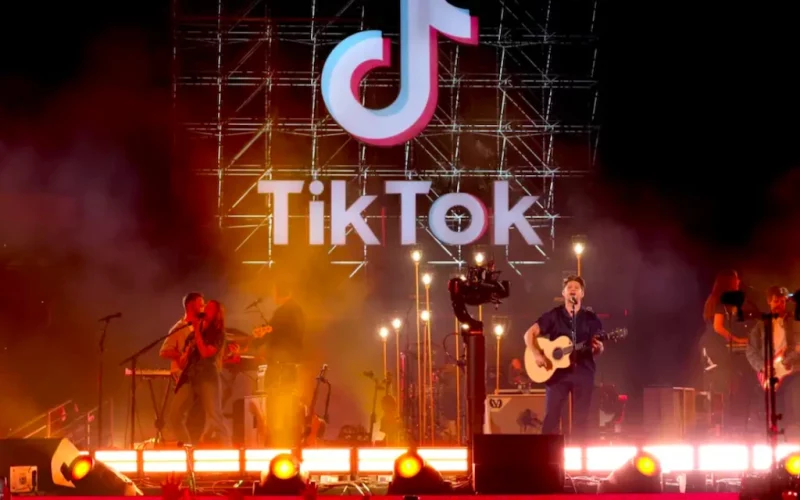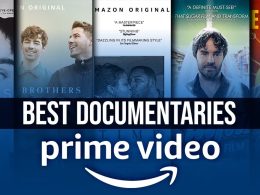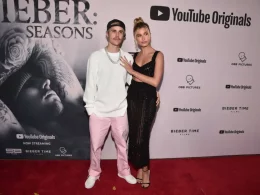Introduction
In the digital age, few platforms have demonstrated as rapid and extensive growth as TikTok. Launched in 2016 by the Chinese company ByteDance, TikTok has evolved from a quirky app for lip-syncing and short dance videos to a cultural powerhouse influencing various sectors, most notably music and television. This article explores the growing influence of TikTok on these two industries, delving into the mechanics of its impact and the broader implications for content creation and consumption.
The Mechanics of Influence
1.Algorithmic Magic
TikTok’s influence can be attributed in large part to its sophisticated algorithm. Unlike other social media platforms that prioritize content from users’ networks, TikTok’s algorithm curates a personalized feed based on user interactions, such as likes, shares, and watch time. This ensures that content, including music and TV clips, reaches a broader and more targeted audience.
2.Viral Trends
The platform thrives on trends short-lived, highly engaging content that can catapult an unknown artist or TV show into the limelight. These trends often start organically, with users creating and sharing videos that feature specific songs or snippets from television shows. The viral nature of these trends can lead to exponential growth in popularity.
TikTok and the Music Industry

1. Breaking New Artists
One of the most significant impacts of TikTok on the music industry is its role in breaking new artists. Songs that go viral on TikTok often translate into mainstream success. For instance, Lil Nas X’s “Old Town Road” gained initial traction on TikTok before topping the Billboard charts for a record-breaking 19 weeks. Similarly, artists like Doja Cat and Olivia Rodrigo have seen their careers skyrocket due to TikTok virality.
2.Reviving Old Hits
TikTok has also played a role in reviving old hits. Songs from previous decades often resurface on the platform, gaining a new lease on life. For example, Fleet wood Mac’s “Dreams” saw a resurgence in popularity after a viral TikTok video featuring the song. This phenomenon benefits both the artists and the record labels, leading to increased streaming numbers and renewed interest in older catalogs.
3.Marketing and Promotion
Record labels and artists now consider TikTok an essential part of their marketing strategy. Previews of new songs are often released on the platform to gauge audience reaction. Additionally, challenges and dance trends are frequently orchestrated to promote new releases, ensuring that the music reaches a wider audience quickly.
TikTok and Television
1.Promotional Tool
Television shows have found a valuable promotional tool in TikTok. Clips from popular shows are shared on the platform, often going viral and driving viewers to seek out the full episodes. For instance, scenes from shows like “Stranger Things” and “The Mandalorian” have gained significant traction on TikTok, contributing to their overall popularity.
2.User-Generated Content
TikTok encourages user-generated content, allowing fans to create videos inspired by their favorite TV shows. This not only fosters a sense of community but also serves as free promotion. Memorable scenes, catchphrases, and even background music from TV shows become part of TikTok trends, further embedding the shows into popular culture.
3.Real-Time Engagement
The platform’s real-time nature allows for immediate audience engagement. TV networks and streaming services use TikTok to interact with fans, answer questions, and even host live events. This direct interaction helps build a loyal fanbase and keeps viewers engaged between episodes or seasons.
Implications for Content Creation and Consumption
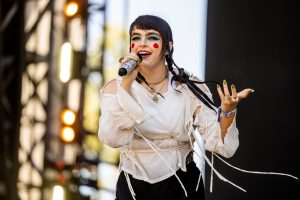
1.Democratization of Fame
TikTok has democratized fame, allowing anyone with a smartphone to potentially become a viral sensation. This has significant implications for both the music and television industries, as traditional gatekeepers like record labels and TV networks are no longer the sole arbiters of success.
2.Short-Form Content
The platform’s emphasis on short-form content has influenced how music and TV shows are produced and consumed. Songs are now often crafted with TikTok virality in mind, featuring catchy hooks and memorable lyrics that can be easily incorporated into 15-second videos. Similarly, TV shows are increasingly creating “TikTokable” moments designed to be shared on the platform.
3.Data-Driven Decisions
The wealth of data generated by TikTok’s algorithm allows for more informed decision-making. Record labels and TV networks can analyze trends and audience engagement to tailor their content strategies. This data-driven approach ensures that content resonates with viewers and maximizes its impact.
The Future of TikTok’s Influence
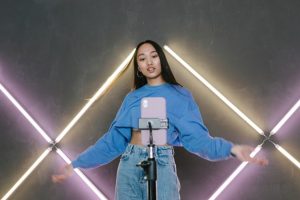
Continued Integration with Mainstream Media
1.Strategic Partnerships and Collaborations
As TikTok’s influence grows, we can expect more strategic partnerships and collaborations between the platform and the music and television industries. These collaborations will likely lead to innovative promotional campaigns, cross-platform content, and new ways to engage audiences.
2.Enhanced Analytics and Insights
TikTok’s data-driven approach provides detailed analytics and insights into user behavior and preferences. This information will become increasingly valuable for artists, labels, and networks to tailor their content and marketing strategies effectively. Enhanced analytics will help refine targeting and engagement efforts, ensuring that content resonates with the right audiences.
Evolution of Content Creation

1.Augmented Reality and Interactive Features
TikTok’s investment in augmented reality (AR) and interactive features will drive the evolution of content creation. AR effects, filters, and interactive elements will enhance the creative possibilities for users, making content more engaging and immersive. These advancements will also provide new opportunities for music and TV promotions, offering unique and memorable experiences.
2.Emphasis on Authenticity and Creativity
The platform’s emphasis on authenticity and creativity will continue to shape the entertainment landscape. Audiences appreciate genuine and relatable content, and TikTok’s user-generated nature fosters this type of engagement. As a result, artists and creators will prioritize authenticity in their work, fostering a more genuine connection with their audiences.
Conclusion
The influence of TikTok on music and television is undeniable. Its sophisticated algorithm, viral trends, and emphasis on user-generated content have reshaped how these industries operate. As TikTok continues to grow, its impact on music and TV will likely become even more profound, ushering in a new era of content creation and consumption. Whether you’re an artist, a TV producer, or simply a fan, understanding TikTok’s influence is essential in navigating the modern media landscape.






